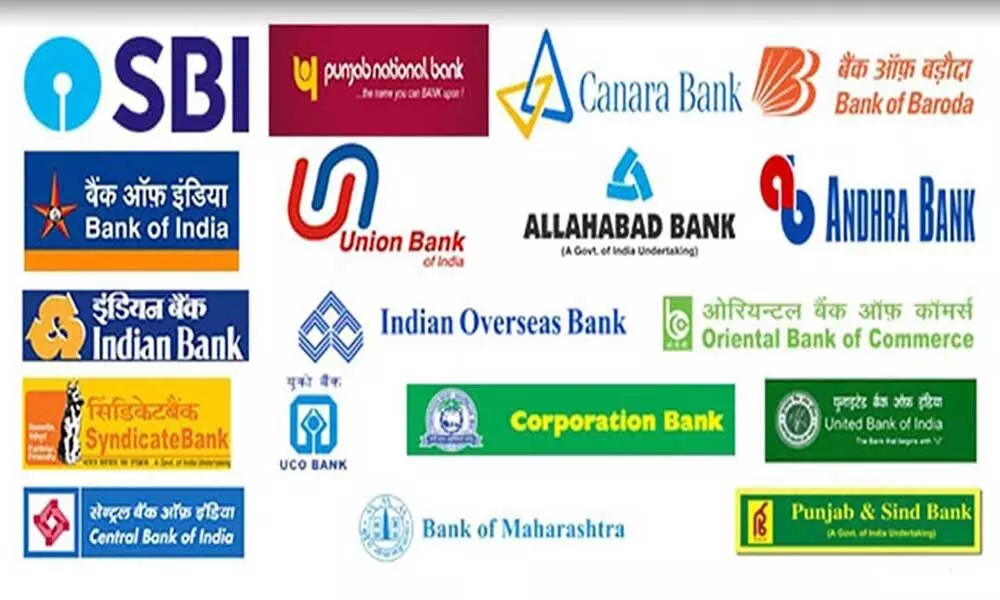Old days in Indian banking coming back
Considering the mood of the Government in recent past, RBI in all likelihood will come out with new guidelines before long, allowing corporate/industrial houses to set up new full-fledged banks
image for illustrative purpose

Reduction in number of government banks by mutual merging has taken a speed in last six years that was never seen before
Indian banking is on the verge of completing a 360-degree turn. It was in 1969 that Indira Gandhi nationalised 14 major banks, sending a shock wave into financial and corporate circles. The idea was to use banks as tools of social growth and avoid concentration of economic power in a few hands. Before long, in 1980, another 6 private banks were taken over by the Government. In 1993, the Government merged two of these to bring down the total number of nationalised banks to 19. Besides, they owned Sate Bank of India and its 7 Associate Banks, the total number of Government banks being 27.
But before long, the folly of above move was probably felt and in the early nineties, as a part of liberalisation, a small number of private banks were given new licenses. The kinds of HDFC and ICICI banks emerged out of this. Soon the Government began talking about reducing number of nationalised banks and two associate banks were merged with SBI in the decade beginning 2000. But actual merger work of significance was hardly done until the present NDA government came into power.
To say the least, the reduction in number of government banks by mutual merging has taken a speed in last six years that was never seen before. All the remaining associate banks, five in number, and the Mahila Bank, created in between, were merged with SBI in one go. This was followed by creating five major banks, Punjab National Bank, Union Bank, Canara Bank, Indian Bank and Bank of Baroda, by merging with them Dena Bank, Vijaya Bank. Oriental Bank of Commerce, United Bank of India, Syndicate Bank, Andhra Bank, and Allahabad Bank. In 2021 Budget speech, the Finance Minister, Nirmala Sitaraman, has talked of privatising two Government banks, probably for the first time not being shy of using the word privatising in lieu of disinvestment, completely abandoning their own earlier policy of merger.
In the meantime, RBI had come out with guidelines in 2013 to give licenses to new banks in private sector including those to NBFCs. But the next Governor on the Mint Street, Raghuram Rajan, found faults in this policy issued by his predecessor and closed the window by issuing merely two licenses. Many in corporate world were kept waiting for the opportunity; Tatas even having withdrawn their application during scrutiny process. Rajan soon opened a new window for new formats of banks like Payment Bank and Small Business Bank to bring on board new banks with limited functionalities.
The last angle in this 360-degree journey is likely to be completed soon. In November 2020, RBI released the Report of an Internal Working Group to 'Review Extant Ownership Guidelines and Corporate Structure for the Indian Private Sector Banks' seeking comments from the stake holders and members of the public by January 2021 RBI is in-the-midst of reviewing the Report, which has suggested large corporate/ industrial houses to be allowed as promoters of banks, among other things, and the comments received. Considering the mood of the Government in recent past, RBI in all likelihood will come out with new guidelines before long, allowing corporate/ industrial houses to set up new full-fledged banks. Reliance is already half-way through by having a Payment Bank in a joint venture with SBI and the kinds of Tatas and Adanis, amongst others, may get into banking business soon. This will bring us back to the pre-1969 days, completing the 360-degree circle.
This new move, however, has generated a heated debate whether it is a good idea to allow corporate and industrial houses to own new banks, even though many of them already own large NBFCs including taking deposits. The new move would certainly reduce the pressure on Government of providing fresh capital funded by tax-payers and managing large NPAs. It may also address India's credit scarcity problems in the long-run, though there is no dearth of liquidity at present. As per a recent data, India's domestic credit to private sector by banks as a proportion of GDP was just 50 per cent. In countries like South Korea (141 per cent), Thailand (112 per cent), South Africa (68 per cent), and Brazil (61 per cent), it is far above, leave alone China (158 per cent).
The worries include the corporate/industrial houses lending irresponsibly to themselves once they own banks. This may also lead to further concentration of economic power, which Indira Gandhi had begun to break 50 years ago. While evaluating the proposals, the RBI will have to find ways to check these aberrations. But option to come in the way of this bold move is not there. The government has no business to be in business and their ownership of banks need to be further reduced to 3-4 large banks like SBI, as professed by them in their recent assertions. This is only possible if private banks backed by strong financial muscle emerge on the new horizon.
(Shiva Kumar is former Managing Director, State Bank of Bikaner & Jaipur, and former president, Edelweiss Group)
Shiva Kumar

